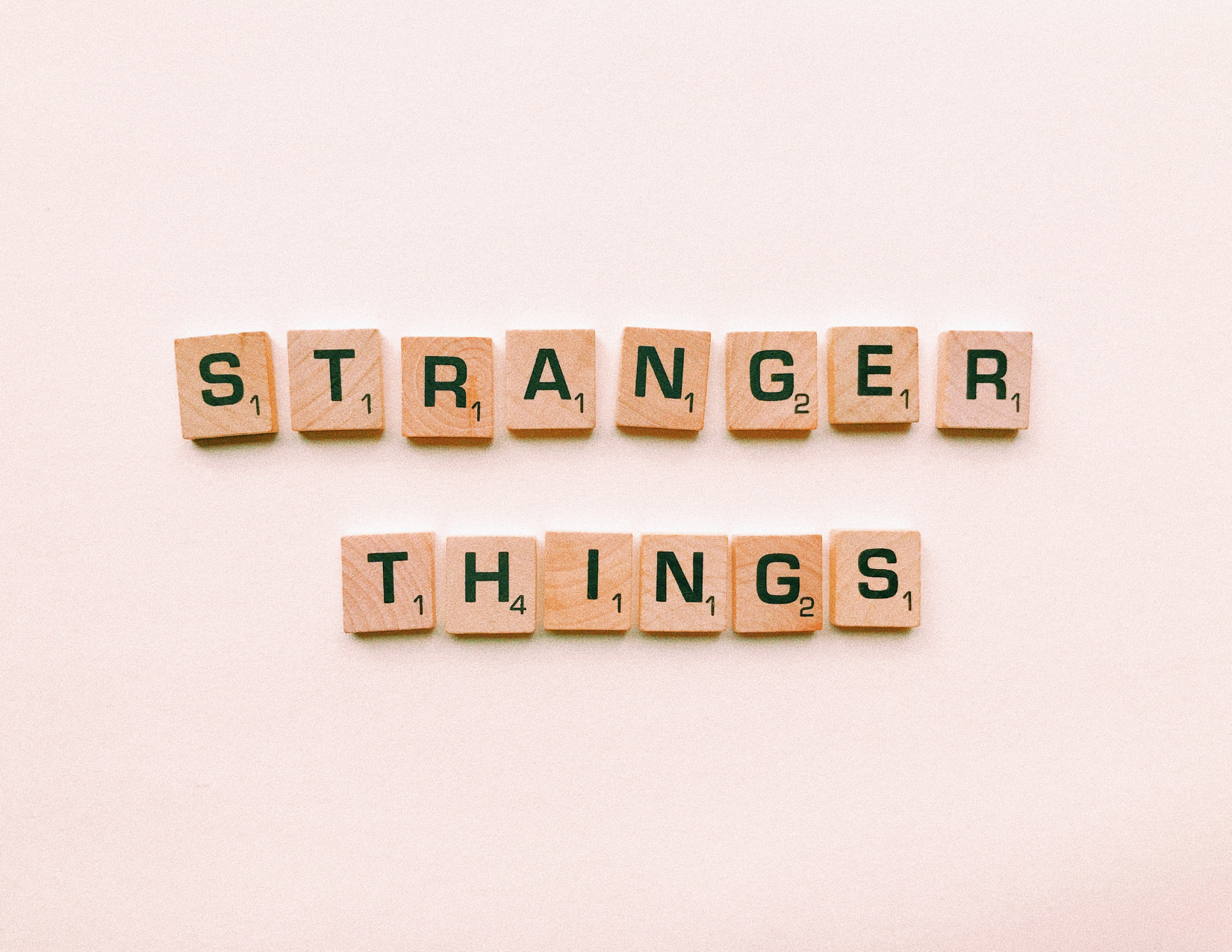I’ve been watching Stranger Things for the first time. I am very late to everything pop culture-related, but the good news is that I’m all caught up and ready for season four.
The show got me thinking about team building.
“That’s weird, Chris,” you might be saying, “when I watch Stranger Things, I usually just think about how cool the 80s were,” but that’s just how my mind works.
Anyway, as I see it, Stranger Things is all about a team coming together to solve a set of complex problems. These problems involve interdimensional monsters, a missing friend, and a girl with telekinesis—essentially an allegory for the world of business.
Let’s take a look:
At the beginning of season one, the team (such as it is) is in disarray. Mike and his family don’t get along, and his friends can’t even agree on what to do in their Dungeons & Dragons game. Still, like many groups, they manage to function well enough despite their issues—until Will goes missing.
Right away, the small cracks in group cohesion grow and threaten to break apart the team, or as the Stranger Things kids call it, “the party” (in reference to their D&D party).
Suddenly beset by hard times, the party does their best to rally together and solve the problem, but their differences get in the way. No one can agree on the best course of action. Communication breaks down between Mike and his family and between Dustin and Lucas. With Will gone, the power dynamic of the friend group shifts, and then shifts again when they find Eleven and are forced to work with someone who has a different skill set and outlook on life.
The communication issues are so bad that they prevent Will and his sister Nancy from realizing that they are working on the same problem. Nancy’s friend Barbara was kidnapped by the same interdimensional horror that grabbed Will, but because they aren’t sharing information, and because Nancy belongs to a “company” that isn’t the right fit for her (Steve Harrington and his obnoxious friends), it takes a long time for them to realize they need to be working together.
Joyce and Jonathan Beyers are outsiders in their community, leading to misunderstandings and miscommunications that further complicate attempts at cooperation with Nancy, the kids, and Police Chief Hopper. Joyce and Hopper have to learn to trust each other, and Hopper needs to step up to his responsibilities as a leader as they look for Will.
I don’t want to spoil anything major, just in case you are also behind in all things pop culture-related and haven’t seen the show yet, but it’s not until the individuals and separate friend groups team up to form a coalition that the issue of monsters kidnapping townsfolk can be solved.
What are the obstacles to cooperation that keep your team from working together like the characters in Stranger Things eventually learn to do? How do you take your party from chaos to cohesion? Email me at [email protected] and let me know.
* * *
Want to get these articles in your inbox? Subscribe here to join the conversation and download a sample from Meltdown.

